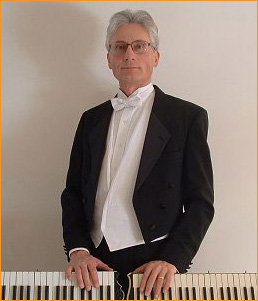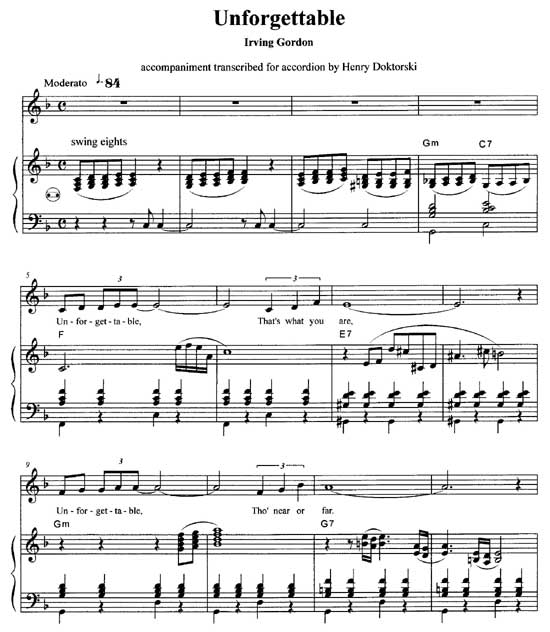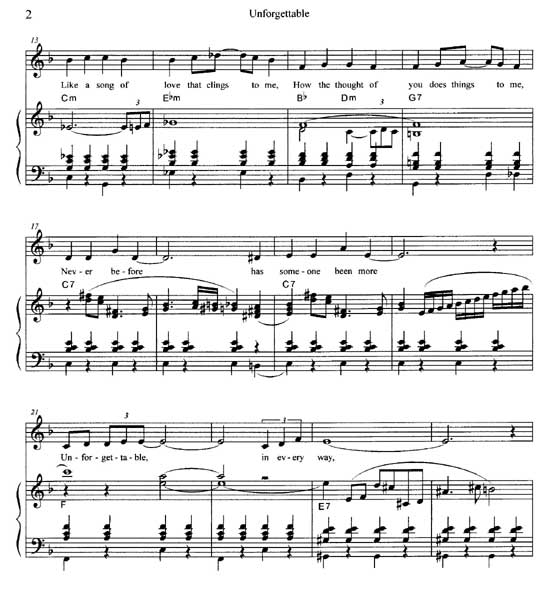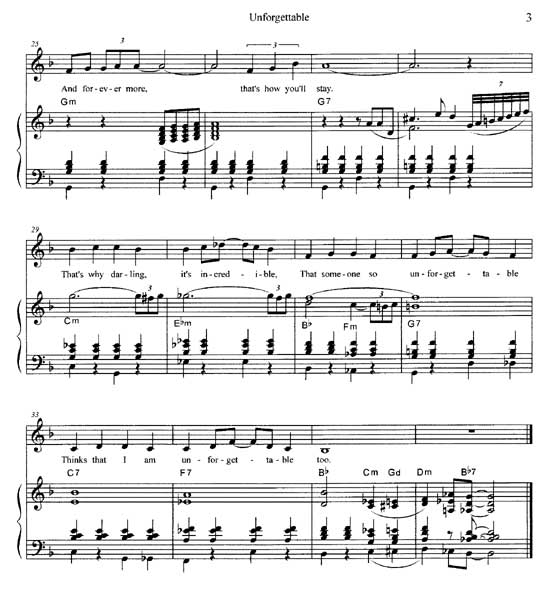 The Accordionist
as Accompanist
The Accordionist
as AccompanistBy Henry Doktorski
The accordion, as most readers of this article well know, consists of two separate manuals: one for the right hand and another for the left. This makes it extremely capable as a solo instrument, especially due to the ingenious bass and chord arrangement of the left-hand buttons which can single handedly (no pun intended) accompany a right-hand melody.
Did you know that the accordion was originally designed to function as a solo instrument? Its inventor, Cyrill Demian, explained in his patent dated May 23, 1829, "it is easy and comfortable to carry and should be a welcome invention for travelers, country and parties visiting individuals of both sexes, especially as it can be played without the help of anybody." (1)
Because of the individual manuals for both hands, the instrument is self-sufficient. Like the piano or organ, it does not need another instrument to accompany it. It can stand alone.
However the accordion, like the piano or organ, is often called upon to accompany other instrumentalists or singers. When called to act in this capacity, the accordionist cannot play like a soloist; he must play like an accompanist in order to achieve an artistic and satisfying musical effect.
The accompanist must always remember that his job is to support, not supplant the soloist. His playing must not detract from or upstage the soloist in any way. This is not to say that the accompanist must play a subservient role. For example, in Beethoven's sonatas for violin and piano, the violin plays the starring role, but the piano, in addition to serving as an accompanist, also acts as an equal partner and contributes integral thematic musical substance to the piece. The violin and piano act as a true duet.
However, the accordionist who accompanies other instrumentalists or singers is not always as fortunate as the pianist who accompanies a violinist in the Beethoven sonatas. Accordionists often have to work from lead sheets or fake books, which consist of only the melody and chords, and consequently they have to write or improvise their own accompaniments. This can result in a masterpiece of great beauty, or a clumsy and awkward embarrassment, depending on the musicianship and craft of the accordionist.
In this article I will not attempt to teach the fine art of creating successful musical accompaniments for the accordion; but I will share with you one example of what happened when I was faced with the challenge of accompanying a singer.
On February 12, 2005, I accompanied a wonderful vocalist, Evelyn Barns, during a Butler Symphony Orchestra concert in the town of Butler, Pennsylvania. Ms. Barns, an extremely talented (and I might add, beautiful) singer, had selected four popular songs for us to perform together as a duo, including the classic jazz standard "Unforgettable," composed by Irving Gordon (1915-1996) and recorded in 1951 by Nat "King" Cole (1919-1965). (2)
Ms. Barns and I met about a month before the concert to play through the songs together, and decide which keys would best suit her voice. She brought with her a piano/vocal arrangement of the songs, such as the type which can be purchased at any music store.
After examining the scores, I immediately discerned some problems: 1) the accordion would not be able to play the piano part as written due to various factors such as the inability of the (stradella) accordion to play the left-hand piano part as written, or to sustain notes with a pedal as on the piano, 2) the piano version was not very interesting; it seemed to be a "simplified" version for intermediate players and not intended for professional musicians, and 3) the melody was doubled in the accompaniment.
Having the melody doubled in the accompaniment is not necessarily undesirable; however "Unforgettable" is a jazz standard in which the vocalist often uses expressive rubato effects, such as coming in a beat behind, or stretching the duration of certain notes. If I had tried to play the melody along with Ms. Barns, the result might have been disastrous. In fact, she specifically requested that I NOT play the melody with her!
Fortunately, Ms. Barns brought with her a recording of "Unforgettable" sung by the great Natalie Cole, the daughter of Nat "King" Cole, in an electronically created duet with her legendary father. (2) Their voices are accompanied by the original lush and extremely well-written orchestral accompaniment which was obviously created by a superb arranger. This is what I wanted to play! I decided to transcribe by ear the orchestral score for accordion.
See music example below:



In the printed score I utilized the full-note left-hand notation, which is common in Europe, and in this country (USA) was championed by Anthony Galla-Rini beginning nearly seventy years ago. Notice the non-standard left hand rhythmic and harmonic accompaniment, using both bass and chord buttons simultaneously. The chord symbols listed above the melody specify only which particular left-hand chord buttons to use, and do not necessarily reflect the actual harmonies, which are often seventh or ninth chords with altered fifths. The right hand acts as an equal duet partner with the voice, and contributes interesting and colorful melodic material which compliments the melody. This arrangement is actually a trio (!) for voice, accordion right hand, and accordion left hand. I used the violin stop for my right hand, as my instrument is dry-tuned. If your accordion is too wet, like a folk instrument, you may have to use the clarinet stop only. As in most jazz pieces, the eighth-note figures are played as swing eighths with a triplet feel.
Although our voice and accordion duet was a great hit with the Butler Symphony audience, I cannot claim any credit for this stunning orchestration, but only for the accordion transcription. I sincerely hope you will enjoy this arrangement and perform it yourself with a singer or instrumentalist!
For more about Henry Doktorski, visit www.henrydoktorski.com
Footnotes:
1. As can be seen from this quotation, Demian also seemed to imply that his invention could be a useful tool in the courting rituals of men and women. His original patent can be seen on the Internet at http://www.ksanti.net/free-reed/history/demian.html
2. Natalie Cole's compact disc, "Unforgettable With Love," Elektra 61049, was released in 1991 and sold eleven million copies.
© 2005 Henry Doktorski